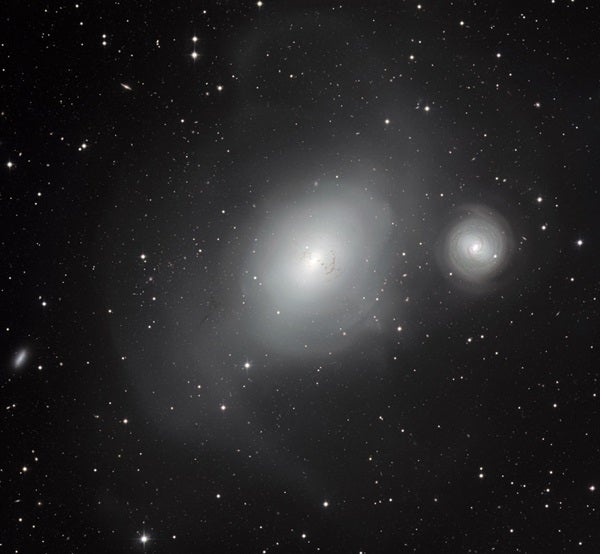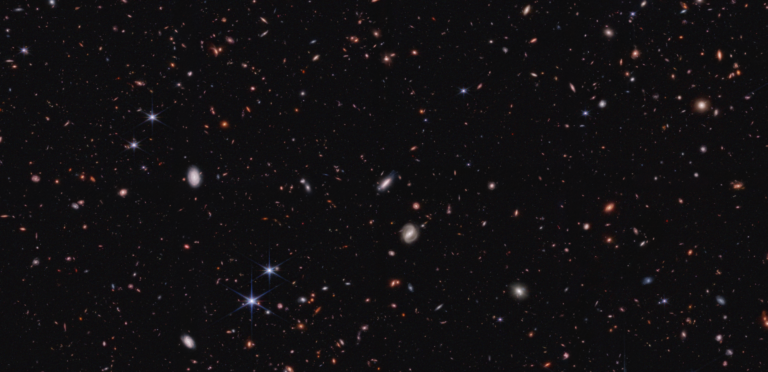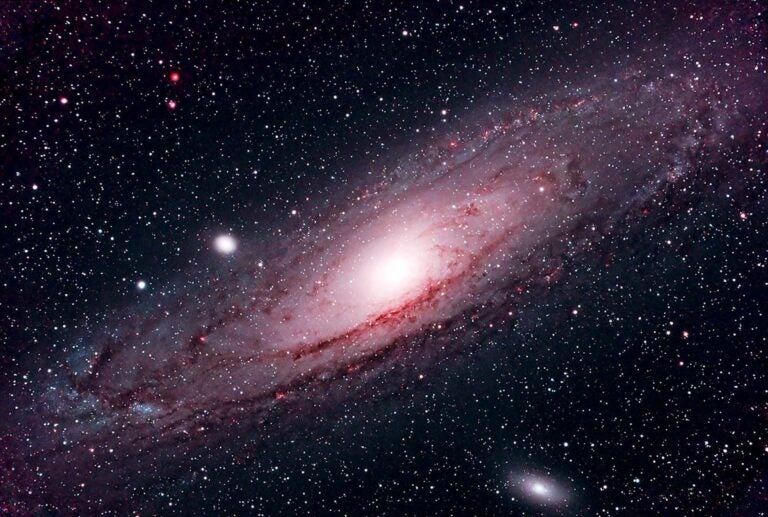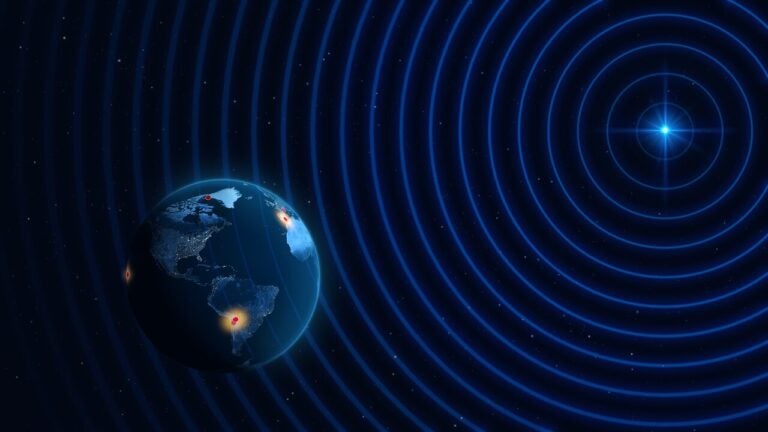Several clues in the structure of NGC 1316 reveal that its past was turbulent. For instance, it has some unusual dust lanes embedded within a much larger envelope of stars and a population of unusually small globular star clusters. These suggest that it may have already swallowed a dust-rich spiral galaxy about 3 billion years ago.
Also seen around the galaxy are faint tidal tails — wisps and shells of stars that have been torn from their original locations and flung into intergalactic space. Complex gravitational effects on the orbits of stars produce these features when another galaxy comes too close. All of these signs point to a violent past during which NGC 1316 annexed other galaxies and suggest that the disruptive behavior is continuing.
NGC 1316 is located about 60 million light-years away from Earth in the southern constellation Fornax the Furnace. It also bears the name Fornax A, reflecting the fact that it is the brightest source of radio emission in the constellation — and in fact the fourth-brightest radio source in the entire sky. This radio emission is driven by material falling into the supermassive black hole at the center of the galaxy and has probably been provided with extra fuel by the interactions with other galaxies.
This detailed new image from the MPG/ESO 2.2-meter telescope at ESO’s La Silla Observatory was created by combining many individual images in the ESO archive. The aim of the original observations was to reveal the faintest features and study the disruption of this interesting system.
As a bonus, the new picture also provides a window into the distant universe far beyond the two bright galaxies in the foreground. Most of the faint fuzzy spots in the picture are much more distant galaxies, and there is a particularly dense concentration just to the left of NGC 1316.










